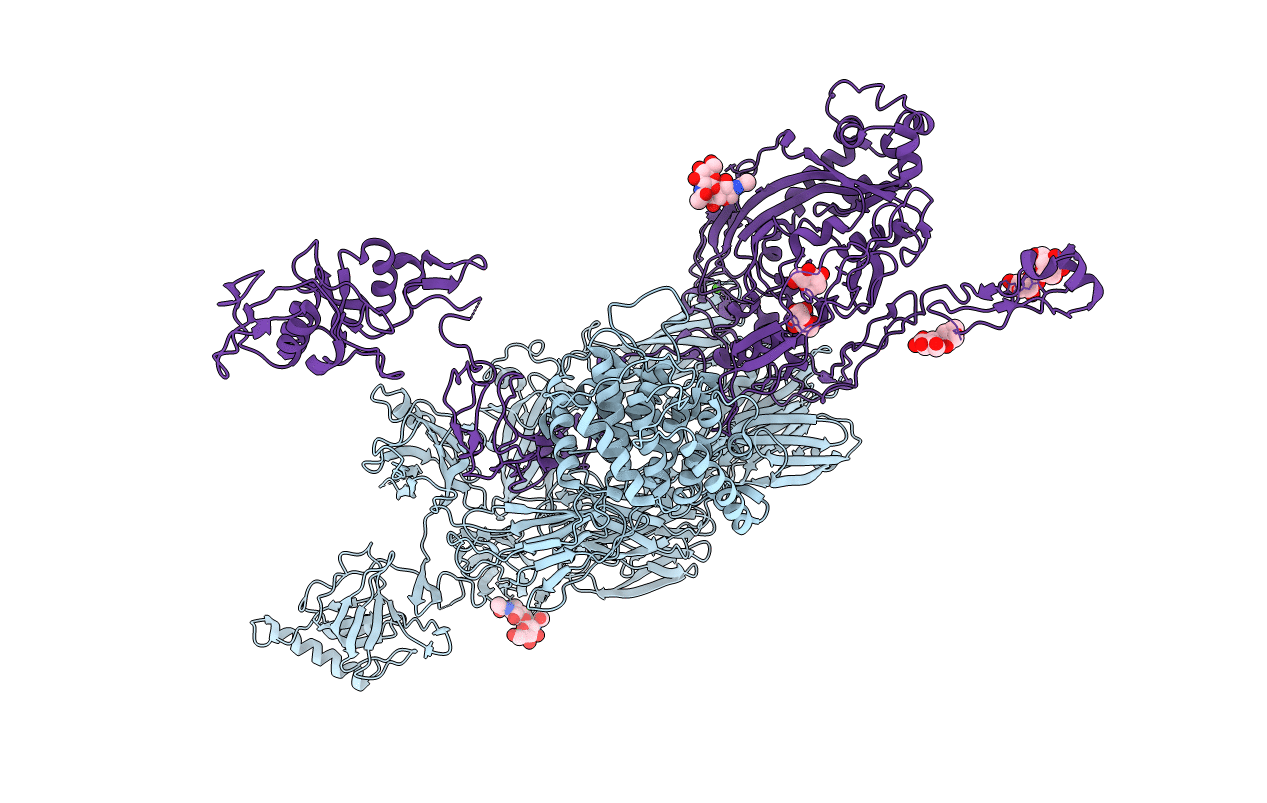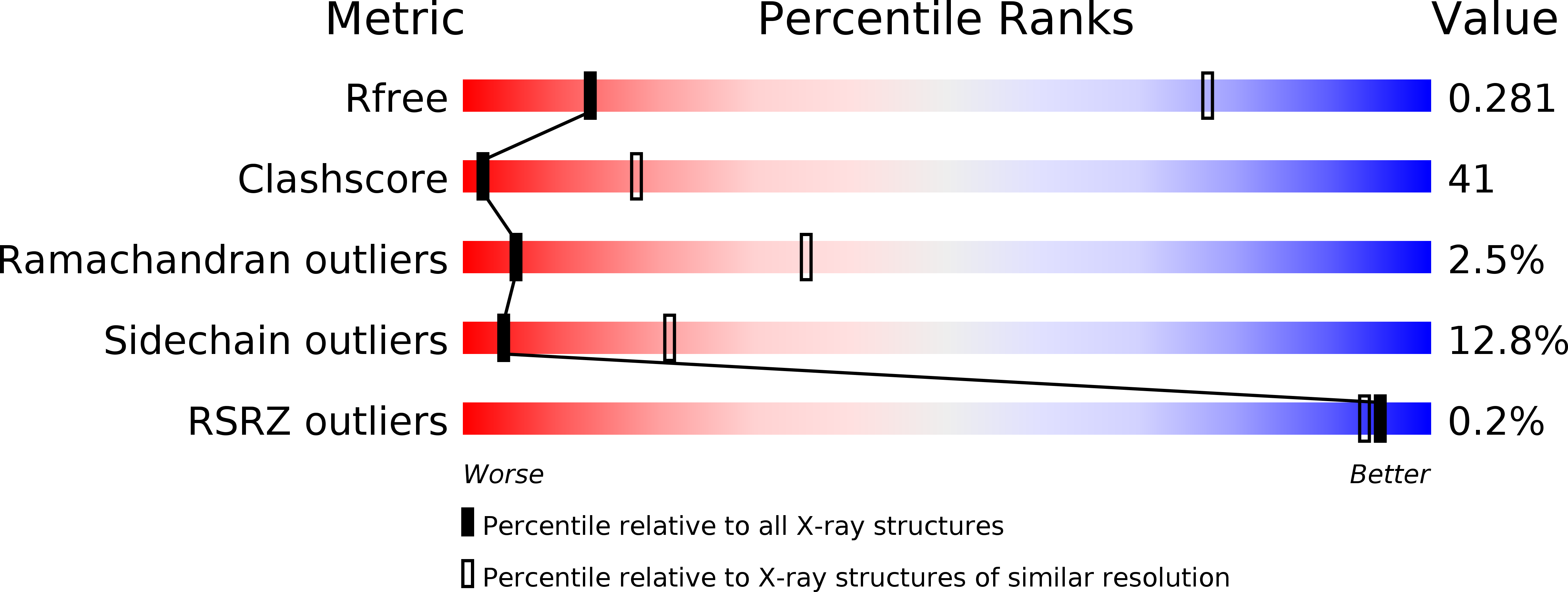
Deposition Date
2012-03-05
Release Date
2012-04-18
Last Version Date
2024-11-27
Method Details:
Experimental Method:
Resolution:
4.21 Å
R-Value Free:
0.27
R-Value Work:
0.21
R-Value Observed:
0.22
Space Group:
I 21 21 21


